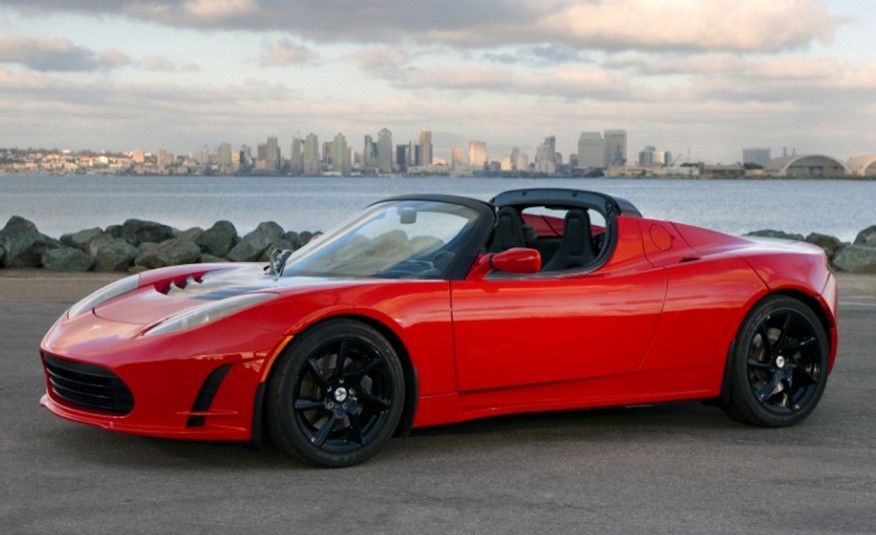I currently work for a company in its death throes. The entire engineering dept, save for me, has quit or retired and none have been replaced. Every day I trudge into work steeling myself, waiting to be assaulted by accusations of incompetence, laziness, and poor work ethic. The state of the job market is the only thing keeping me working here still. Every morning upon entering the building my bowels flinch and my stomach churns. I feel like I’m under assault. Constantly. Every. Single. Day. I had a coworker a while ago who coined a phrase,”Give-a-Shittedness Quotient” to describe the amount of concern an employ had remaining for providing a job well done. Short-timers about to retire famously struggle to give any more shits. A person who has submitted their 2-weeks notice similarly will phone it in. High School seniors, already accepted to university - pending successful graduation - famously suffer from senioritis. I am not in those situations yet I find myself struggling to give a shit. I struggle to drag myself to work. No one knows what I do or why. No one cares if I do well or not. To the contrary, everyone seems to default to me struggling to keep up for some unknown reason. Nevermind that I fill two different positions, each a distinct title that would ordinarily be a full time job by itself. In my engineer role. I am all that remains of a 5-person department. In my department manager role, my department has been cut in half, MORE THAN DECIMATED. I can’t imagine why I, or my department, might be struggling to keep up. I explain all this so it might be understood when I say I have Occupational PTSD, self-diagnosed of course. I have trouble sleeping, eating, my temper is short and I fear I’m harming close relationships because my fight/flight response has been on high-alert for months. I’m applying for jobs only tangentially related to my training or experience, willingly accepting 20-30% pay cuts if necessary…but the local job market is so broken there’s almost nothing even close to what I need.
Wednesday, July 09, 2025
Monday, April 05, 2021
Tesla to the Moon...
When people ask how far behind other automakers are, perhaps this will put it into perspective. GM announced that they set a record for sales of their lone electric vehicle, the Chevy Bolt in Q1 2021. They sold 9000 units in Q1, a nearly 54% increase year over year. Tesla, for comparison, grew their production capacity year over year by 109% and produced 189,000 EVs in Q1. Tesla is buying mines to produce lithium, nickel, and graphite for their batteries because they are materially constrained in their battery factories. GM is about 2-3 years away from completion of their first battery factory. By that time Tesla will have battery factories in CA, NV, TX, Germany, and China, all producing batteries in quantities that dwarf GMs capacity, and it still won't be enough. VW sales of their ID3 vehicle are doing well compared to GM, with sales of 28k, but 1/4 of those were sold to VW itself, so not as good as it may appear. The EV revolution is here, and it's happening WAY faster than people in the US think. By 2025 they'll have a hard time buying anything other than an EV.
GM Posts Q1 '21 record EV sales:
https://insideevs.com/news/498574/us-chevrolet-bolt-sales-q12021/
VW sells thousands of EVs to VW:
https://cleantechnica.com/2021/02/19/how-many-volkswagen-id3-sales-volkswagen-sales-to-itself/
Friday, February 26, 2021
Long time no talk
It's been a long time since I posted anything on here. Does anyone still read blogs? 2020 has been a dumpster fire of a year.
Monday, July 17, 2017
Chevy Volt...the Unsung Hero of the GM Stable
 |
| GM EV1 |
 |
| Tesla Roadster |
| Bob Lutz w/ Chevy Volt Prototype |
| Chevy Volt |
GM grossly over engineered the vehicle. They recognized that the Lithium Polymer battery was a weak spot in the design because there wasn't much known yet about how the large batteries behaved or how long they'd last. GM tested the batteries extensively and found that extreme swings in temperature and the number of full charge/discharge cycles were among the most significant factors affecting battery performance and longevity. To get around this limitations, engineers gave the Volt about 20-30% more battery than it actually needed. This meant that it would never fully charge/discharge. The battery would never need to work very hard. To keep it at a stable temperature, a liquid cooling system was used to regulate the temperature. All rechargeable batteries will degrade eventually. As the battery degrades, the controls in the Volt make more of the battery's capacity available to ensure that the user doesn't experience loss of capacity. As of 8/16, GM had zero reported cases of battery replacement due to loss of general capacity. There have been a few replaced due to component failures, but none that have suffered general capacity failure. The Volt has a small but extremely loyal, and satisfied, user base. The Volt has been ranked high or highest in customer satisfaction since its introduction, crash test ratings have similarly been among the best. Fuel economy obviously scores well. Reliability is the one that surprised me. For all the high-tech stuff in the Volt it has proven to be a surprisingly reliable car. Sure it's had a few quirks to work out, but this is new technology in uncharted waters, some bumps are to be expected.
So why doesn't everyone own a Volt!?!?! The Volt commanded a high price initially at $40k+ and had the misfortune of being released as GM was declaring bankruptcy from the largest financial collapse since the Great Depression. Bob Lutz was shown the door as part of GMs restructuring and the bailout by the US federal government. The Volt was his "swan song". The Volt received a flurry of publicity initially with high-profile celebrities making Volt purchases. The $40k price tag was a significant hurdle. The pluses outweighed the cons for the Volt though, and it sold reasonably well. Over time, the price dropped until it could be purchased for about $30k. Better still, the federal government created an income tax credit for purchasers of EVs based on EV range. The Volt is eligible for the full credit of $7500 making the price drop into the low to mid $20k range. Eventually, when enough are sold, the credit will go away and the Volt's price will return to the $30k range. It is still the best selling plug-in hybrid electric vehicle (PHEV). In 2016 a second generation Volt was released that provided a more powerful motor, more electric range and some additional features added to improve the Volt's standing. All of this adds up to a fantastic car, at a reasonable price that no one seems to know about. Those who do know about it generally love it and won't shut up about it. It's only real competition is from the Prius Prime plugin.
| Prius Prime PHEV |
Friday, March 11, 2016
Juggling Benjamins
Monday, February 08, 2016
Guns, Guns, and More Guns
| Umarex PX4 Storm |
| Savage Model 64 .22LR |

